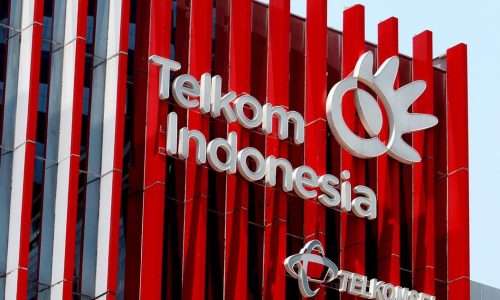The Indonesian government is actively promoting the use of co-firing biomass as a crucial step towards achieving a swift transition to clean energy. However, several challenges have emerged during the implementation of this strategy. Here is a list of the key issues arising from the adoption of co-firing biomass.
Co-firing biomass is a process that involves using supplementary fuel alongside coal in Steam Power Plants (PLTU). This method harnesses biomass and agricultural, plantation, and wood processing waste as complementary fuel sources to coal in PLTU operations.
Co-firing biomass blends biomass with coal, allowing for a sustainable reduction in coal consumption as the primary source of electricity generation.
Sonny Widyagara Nadar, a Young Policy Analyst at the East Kalimantan Energy and Mineral Resources Office, emphasized the positive impact of the co-firing program, which has significantly reduced carbon emissions and generated clean energy equivalent to 575.4 GWh in early 2023.
“This data is based on PLN records from early 2023 and has resulted in a reduction of 570,000 tons of CO2 emissions, utilizing 542,000 tons of biomass,” Sonny explained on September 5, 2023.
He highlighted that the procurement of biomass for co-firing has also provided employment opportunities for approximately 1,300 people. The widespread adoption of sustainable energy transitions is expected to create new jobs and economic prospects, thereby supporting global recovery.
“If the implementation of co-firing biomass is expanded, it can lead to even more extensive job opportunities and reduce unemployment,” he added.
Obstacles faced in the implementation of co-firing biomass
However, the implementation of co-firing biomass is not without its challenges, including:
1. Unstable Supply: The use of co-firing biomass often faces the issue of an unstable supply. This arises because co-firing systems utilize wood, and the process of replanting trees to replace the wood used as fuel is time-consuming.
2. Rising Costs: Another challenge is the increasing costs associated with co-firing biomass. Policies from both PLN and international organizations that prioritize co-firing have driven up demand, while supply remains limited. This economic dynamic has led to higher prices for biomass.
“According to economic law, the price will rise to a higher level. That’s why he doesn’t use palm shells at the Balikpapan Bay PLTU, because the price doesn’t match the price from PLN. There are things to be considered there,” he said.
3. Lower Calorific Value: Biomass fuel has a relatively lower calorific value compared to fossil fuels, necessitating special treatment before co-firing.
“So usually when co-firing biomass, before the burning process is carried out, it will be treated first,” he said.
4. Land Use Issues: Co-firing biomass raises concerns about land use competition. The cultivation of biomass for renewable energy may reduce the available land for agriculture and productive forests.
At the beginning of the year, PLN announced collaborations with Perhutani and PTPN to supply biomass for energy needs. Perhutani committed to supplying 11,500 tons per year to PLTU Pelabuhan Ratu and 14,300 tons per year to PLTU Rembang, with plans to establish a processing plant in Rembang.
As of the end of 2021, Perhutani had planted kaliandra and gamal trees on 31,136 hectares of land for coal mixture in PLTU. This energy forest’s area is set to expand to 65,000 hectares by 2024 in line with the company’s Long-Term Plan.
“So because of the nature of plants, to fulfill this, it will have to plant trees too. But if we plant trees to burn again it will become a land use competition. Even though the land can be used as a source for life, for example food and so on,” explained Sonny.
Furthermore, the government has opened opportunities for supply chains from Industrial Timber Plantations (HTI). The Ministry of Environment and Forestry, through Government Regulation No. 23 of 2021 on Forest Utilization Management, allows for multi-business forest utilization through a single permit known as the Business Licensing for Forest Utilization (PBPH).
According to data from the Directorate General of Sustainable Production Forest Management at the Ministry of Environment and Forestry, 13 HTIs have allocated their land for energy crops, totaling 142,172 hectares by 2021. Additionally, 18 other HTIs have expressed their commitment to establish energy forests.
The challenges faced in co-firing biomass call for innovative solutions and coordinated efforts to ensure a sustainable transition to clean energy sources in Indonesia.









